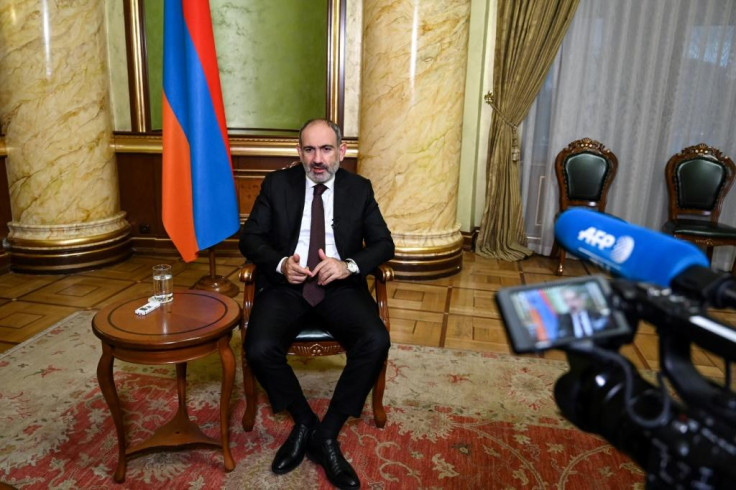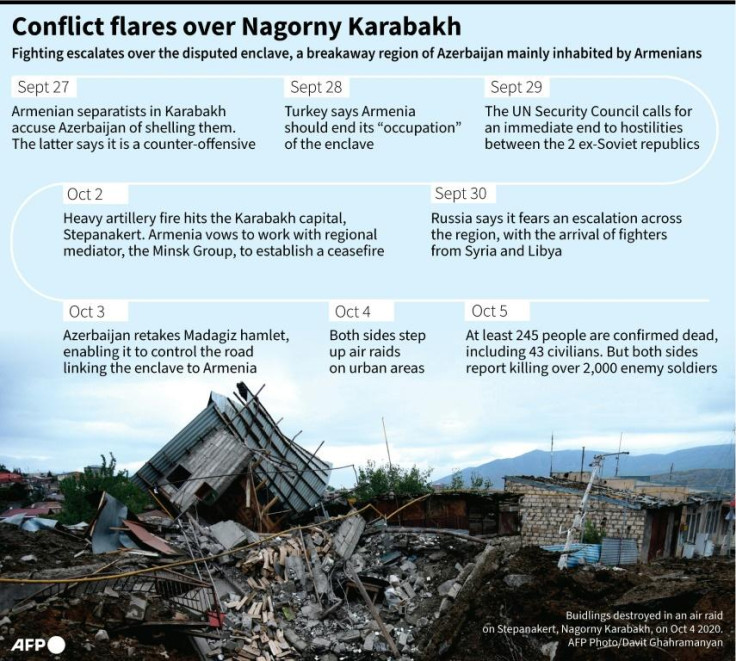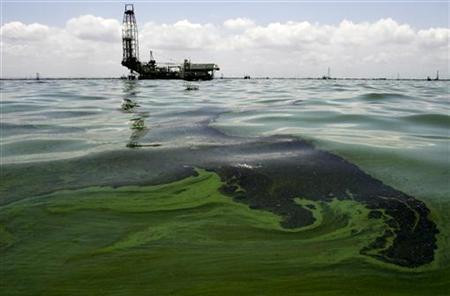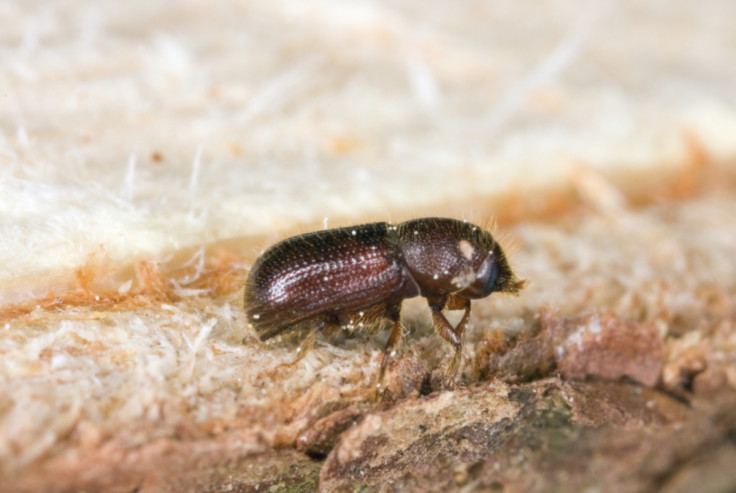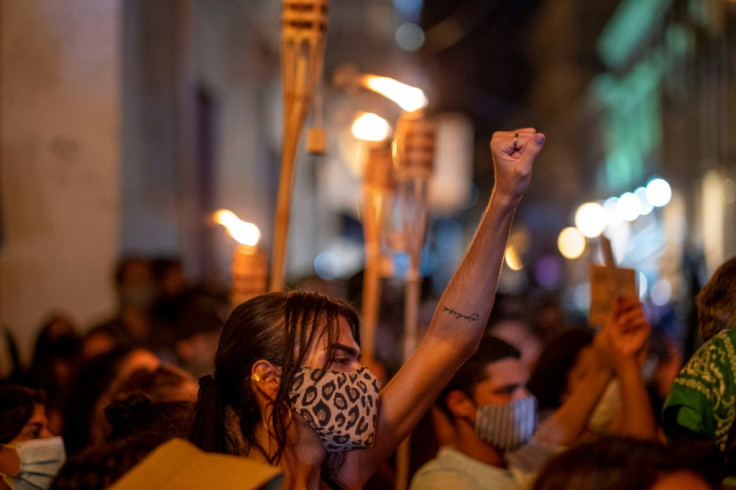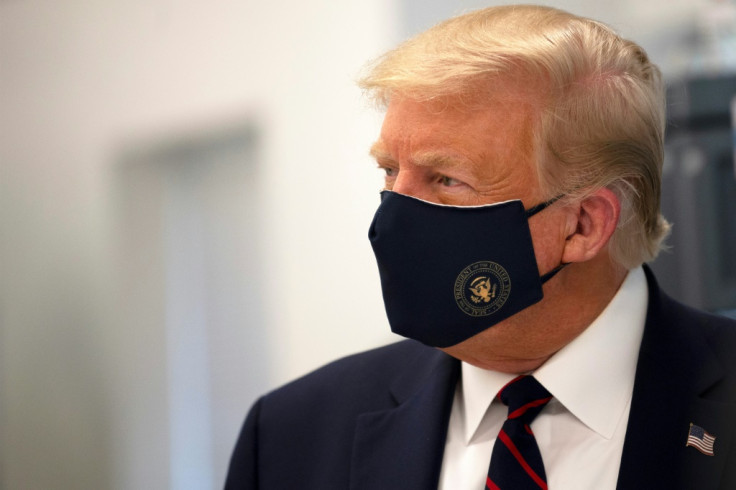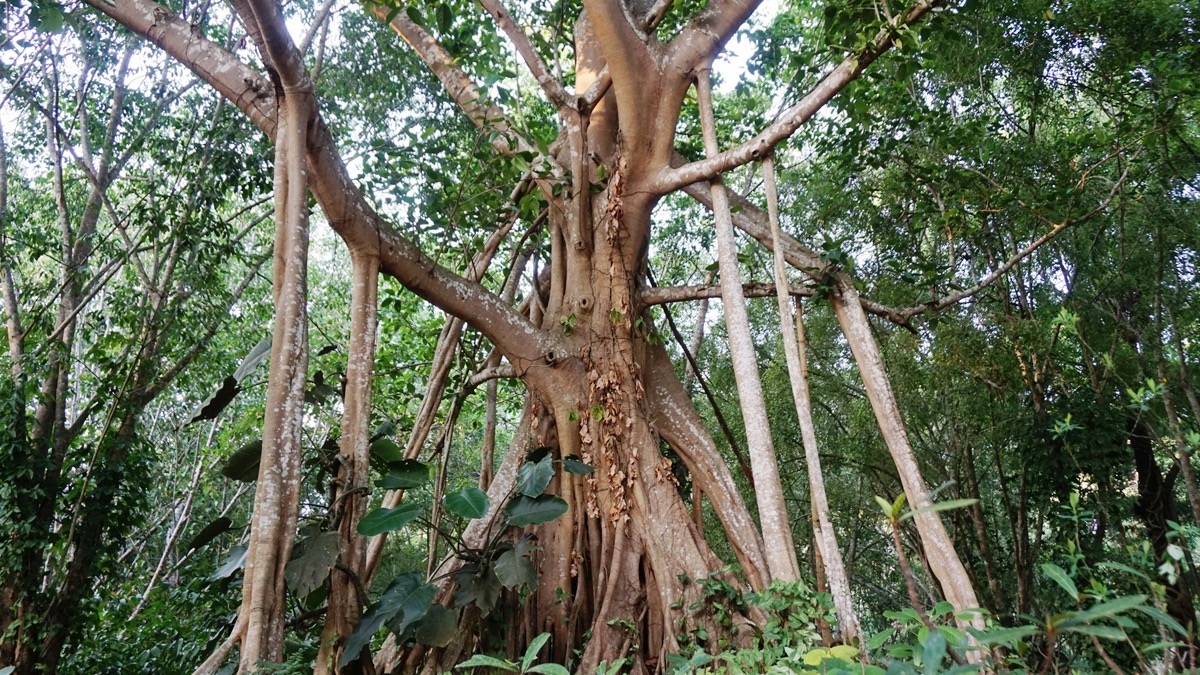Doctor reveals everything wrong with Donald Trump's 'live' health check on Fox News
BY HOPE NGO/OCT. 9, 2020 11:36 PM EDT
If you were tuning in to get some clarity on President Donald Trump's medical situation Friday night, you might have come away feeling more than a bit disappointed. Fox News had seemed to promise, and other stations — like WGN9 — has interpreted, that this would be Trump's first on-camera interview since he got sick, and medical examination on top of that. As it turns out, we didn't exactly get what we paid for, because as Dr. José Morey, board-certified physician of radiology and founder of Ad Astra Media told The List, "To begin it was not a medical evaluation. In fact you saw Dr. [Marc] Siegel [the interviewer] preface that at the beginning. If it had been, he could be in violation of either NY state's or D.C.'s telehealth laws. He said it jokingly, but it was a medical disclaimer to not be able to be held liable against medical/legal violations."
Morey also points out that the location of what we now know was a taped interview gave away the fact that there is some concern over just how contagious the president still could be. "The fact that it was outside makes me believe that they are still concerned for potential infection transmission. We know being outside is safer than being enclosed. I assume this was to protect the camera crew and other auxiliary individuals for this interview," Morey says.
Trump is still showing signs of infection: Expert
While President Donald Trump insists that all is well, thanks to the excellent medical staff at Walter Reed, the board-certified physician of radiology tells The List that the reality could not be more stark for the president. "He is still exhibiting signs of infection. Earlier in the day during his call on Sean Hannity you could hear him coughing. Both during that call and during this interview you could hear some voice strain."
Morey said that the video clip also shows the president struggling to breathe, especially at the end of long sentences, which is visible during the on-camera interview. "He [President Trump} would have to inhale deeply. He was also pursing his lips while he breathed and mouth breathing which are signs of stress. His lips may have been mildly cyanotic (blue). It is hard to tell but it is a sign of oxygen desaturation which is consistent with his clinical history. His sentences at times were short with gasps of air."
Doctor says the president's scan may have showed an irregularity
The president's admission led Morey to address a matter Trump's physicians, like Sean Conley, have been brushing aside, but which reporters have been asking to be addressed. Throughout Trump's stay at Walter Reed Military Medical Center, the president's team of physicians had either evaded questions or refused to clarify whether the president had lung damage, and when Trump last still received a negative COVID test.
To this point, Morey told us, "It sounds like the president had a CT scan that found typical ground glass opacities often seen in COVID infections. It also seems like these may not have fully cleared by the time that he left." Various medical sources describe ground glass opacities as abnormal findings usually picked up by CT scans, and they show up as hazy, gray areas in the lungs (via WebMD).
The interviewer mentioned COVID-related fallacies: Expert
Morey calls out Trump's interviewer for skipping critical questions that would have classified the televised interview as an actual medical examination. "The doctor didn't ask any questions in the way you would with a patient if this had been a true medical evaluation. An example is how he queried about side effects of dexamethasone. In a medical eval you do not ask how did you handle the steroids, you ask for probing questions that would elucidate the typical complications of steroids." The board-certified physician of radiology also called out the interviewer, Dr. Marc Siegel, for raising incorrect statements about the virus.
"He [Siegel] has stated that COVID is no worse than influenza. We know both by the numbers and extent of disease manifestation this is false. The CDC estimates nearly 35 million Americans were infected by the flu in last year's cycle with about 35,000 deaths. This death rate is at about 0.1 percent compared to coronavirus of about 5 percent. The hospitalization rate is also much higher. The manifestations of vasculopathy, hemorrhage, GI symptoms, neurologic symptoms, and long term respiratory and other complications far outpaces those of influenza," Morey says.
Doctor says Trump should have stayed at the hospital
Morey adds that Siegel also stated that masks didn't provide adequate protection against COVID-19. Morey stressed, "This is not true. Although the reality is more complicated due to proper fitting and adherence, if both are followed the data shows dramatic decreases in infection propagation."
In case you're wondering whether the president was fit to return to the White House, never mind planning public rallies so soon after he was diagnosed with COVID-19? "It seems like the president left earlier than the physicians would have wanted. Typically you are treated under supervision for five days on Remdesivir which he received. We know he got the final treatment at the White House. This may mean the president left AMA (against medical advice)," Morey tells The List.
Why Trump's 'live' Fox News health check is raising eyebrows
BY HOPE NGO/OCT. 9, 2020
Because there have been so many rumors surrounding President Donald Trump's health, we thought we might get some clarity when Fox News promised what it said what would be the president's first on-camera interview, where the president would undergo a medical evaluation on camera. The network added, "Dr. Marc Siegel will conduct a medical evaluation and interview during the program" (via The Daily Beast). And while the president was indeed on camera for his first live interview, which host Tucker Carlson — and all of us — would say is a remarkable recovery, Carlson noted on his show (via Fox News), "This was his first time talking on camera about what happened. We should know that these are very unusual circumstances. Normally we'd send our own camera crew into the White House to interview the president, but because his diagnosis was just a week ago, we had to rely on the White House camera team for that interview. Dr. Siegel interviewed the president from New York." The network then ran what appeared to be a prerecorded interview.
Fox's decision to keep crews away from the White House is in keeping with the CDC's recommendation that most people can stop self-isolating 10 days after they first show symptoms of having COVID, if their medical condition has improved, they haven't had a fever for 24 hours, and if they aren't on medicines that control a fever (via WGN9). But all of this meant there was not actually a "live" exam of any kind performed, and that immediately raised eyebrows.
Trump credits his success to fighting COVID by seeking early medical treatment
During the chat, the president provided his perspective on what happened at Walter Reed Medical Center — of particular interest to reporters was the state of his lungs, which the coronavirus is known to attack. On camera, Trump said, "They [doctors] tested the lungs, they checked with the lungs, they tested with different machinery, incredible stuff that I've never even seen before. And it tested good... initially, I think they had some congestion in there, but ultimately [I think it] tested good, and with each day it got better. That's why they wanted me to stay, frankly, but the CAT scans were amazing, the equipment is incredible" (via Twitter). He also said he felt strong and has been medication-free for eight hours before the exam.
Trump also said, "The biggest question is that I did do it early, I had such great access to medical, we have White House doctors who are great, and we have so many doctors. It's a lot easier for me than it is for someone who doesn't have access to doctors so easily [and where] it's a big deal to see a doctor. But here we have them all over the White House, watching from every corner. But very important for me, was very early... and I think it would have gotten a lot worse. One of the doctors said he thought it would have gotten a lot worse. I just think these medications, they're a lot better if you get them early than if you get them late" (via Fox News).
Twitter: Trump is having a telehealth exam
Hulu
Some took to Twitter to express their bemusement over Trump's televised medical exam. One tweeted: "The President is having a tele-health 'exam' on FOX News with Dr. Marc Siegel, who asked what his worst symptoms were when he went to Walter Reed. Trump said he 'didn't feel strong' and experienced 'weakness' until his Regeneron cocktail." Another said bluntly, "I'm watching the dumbest thing I've ever seen," along with a screen capture of the interview taking place. A third shared a clip of the president saying he has been retested, along with the clip of Trump saying, "I haven't even found out numbers or anything yet but I've been retested and I know I'm either at the bottom of the scale or free."
CNN's Jim Acosta confirmed that the president is scheduled to speak at a public rally at the White House on Saturday (via Twitter).
Here's why Donald Trump 'gasping' is trending on Twitter
BY HOPE NGO/OCT. 5, 2020
Shortly after returning to the White House, Donald Trump tweeted a video to express his thanks and show the world how great he felt. "I just left Walter Reed Medical Center and it's really something very special. The doctors, the nurses, the first responders — and I learned so much about coronavirus, and one thing that's for certain: Don't let it dominate you. Don't be afraid of it. We're going to beat it. We have the best medical equipment, we have the best medicines, all developed recently. And you're going to beat it. I didn't feel so good... I could have left two days ago... I felt great, better than I have in a long time..." he said.
Yet in the face of this reassurance, Trump "gasping" had begun to trend on Twitter. It might have had to do with the fact that moments after he reached the White House balcony, dramatically removed his medical mask, and turned to face reporters, he also appeared to be struggling to breathe (via Twitter).
The Twitterverse was divided over Trump 'gasping'
Some Twitter users were incredulous. "Trump looks like a goldfish that fell out of the fishbowl onto the floor, gasping for breath," commented one user along with a video retweeted all over the Twitterverse showing the president appearing to take big gulps of air. Another tweet said: "Maybe Trump should take it easy. He's visibly gasping for air after climbing stairs and posturing like Putin. COVID ain't no joke." A third commented: "Trump climbs a few steps to the White House, takes off his mask and then is visibly gasping and having diffulty (sic) breathing while he tries to wave and pretend everything is fine." A fourth said: "Trump is gasping with pneumonia. Does he not think we can see?"
The president's supporters maintained the gasps were imaginary, with one saying: "LOL, the triggered left has now abandoned the 'hoax' theory and has gone back to Trump 'gasping' for air and on his deathbed notion. Come on now, make up your minds because the rest of us need to know. It can't be both. Only 8:40 PM though, carry on. Hysterical."
One of the president's biggest critics right now is Kellyanne Conway's daughter Claudia, who posted, "guys lmao he's not doing better... he is so ridiculous. apparently he is doing badly lol and they are doing what they can to stabilize him" (via Palmer Report).
Trump's messaging contradicts advice from public health experts
Twitter's backlash against the president's behavior may make public health experts breathe a bit easier. Doctors had hoped that Trump might learn a few lessons about COVID-19, but that doesn't appear to be the case. An assistant professor of medical at the University of Pennsylvania Harald Schmidt tells the The New York Times: "I am struggling for words — this is crazy. It is just utterly irresponsible."
By virtue of his position, Trump's experience of COVID is slightly different from everyone else's. The daughter of one Covid victim says: "My mom, a respiratory therapist, couldn't get tested at her hospital where she worked, she had to look for two days for a testing site while feeling the effects of covid, she didn't want to go to a hospital because she said it was worse there and she didn't want to call an ambulance because it was too expensive. So she stayed home for a week and lost her pulse as soon as the medics put her on a gurney." Newsweek has also pointed out that a cost for a five day course of Remdesivir, one of the medicines the president is on, costs $3,120 — or as one candidate for the Senate put it, "Remdesivir is approximately 4 years of taxes for some taxpayers."
The U.S. currently has 7.4 million cases of COVID-19, with nearly 210,000 deaths (via The New York Times).
Read More: https://www.thelist.com/256968/heres-why-donald-trump-gasping-is-trending-on-twitter/?utm_campaign=clip



